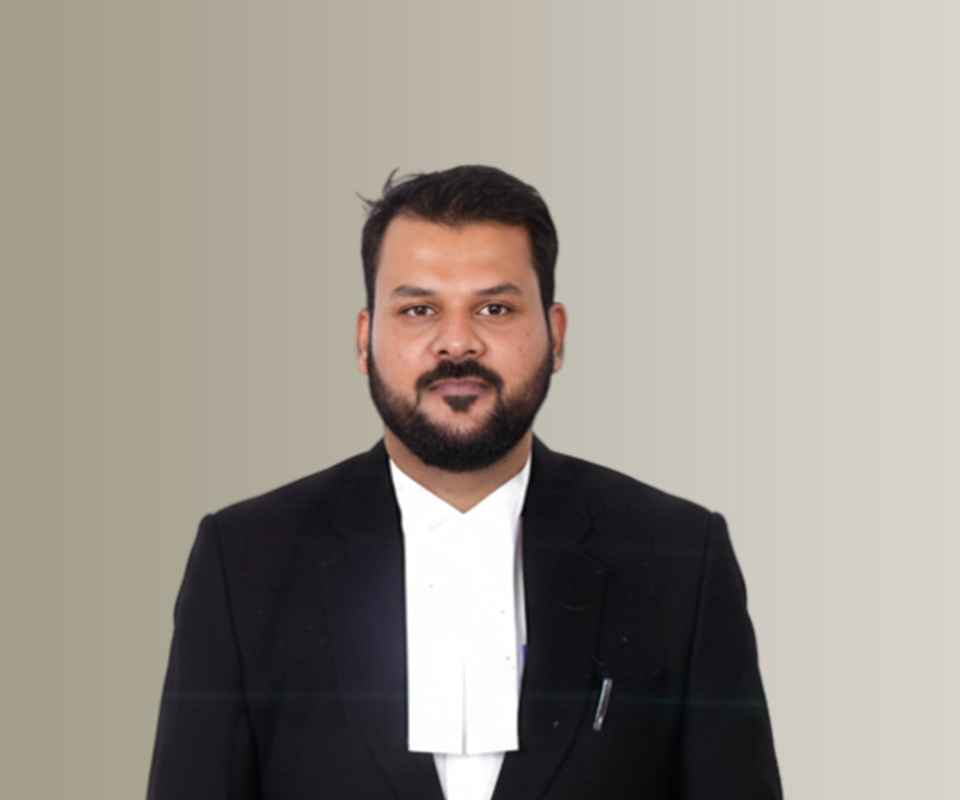Answer By law4u team
In India, the process to recover money lent informally (i.e., without a formal written agreement or through a loan document) involves several legal steps. While the specific procedure may vary based on the facts and circumstances of the case, the general process for recovering money lent informally can be summarized in the following steps: 1. Understand the Nature of the Debt Before proceeding with any legal action, it is important to establish that there was indeed a loan agreement (even if informal) and that there is a valid legal basis for recovery. The debt could be: Oral Agreement: If the loan was given without a written contract but there is oral evidence or other circumstances indicating the loan relationship (such as bank transfer receipts, witness statements, or acknowledgment of the loan). Handwritten Agreement or Promissory Note: If a borrower provided a handwritten note acknowledging the debt, it may strengthen the creditor's position in court. 2. Communication with the Borrower (Demand Notice) The first step in recovering the money is to communicate with the borrower. The lender should try to settle the issue amicably. Demand Letter: The creditor can send a formal demand notice to the borrower requesting repayment of the loan amount. This notice typically includes details like: The amount of money lent. The date when the money was lent. Any agreed-upon repayment terms (if available). A formal request for repayment within a reasonable time frame (usually 15-30 days). A warning of potential legal action if the loan is not repaid. A demand notice can be sent through a lawyer, which can help in building the legal foundation for recovery if the case proceeds to court. 3. Negotiation and Mediation If the borrower agrees to pay the amount or offers a settlement plan (such as installment payments), it is advisable to document this in writing, preferably with the help of legal counsel. Mediation can also be an option before pursuing a full-fledged legal battle. In India, courts often encourage mediation for debt recovery disputes to avoid unnecessary litigation. 4. Filing a Civil Suit for Recovery of Debt If the borrower fails to respond to the demand notice or refuses to repay the loan, the next step is to file a civil suit in the appropriate court. This process generally follows these steps: Jurisdiction: The civil suit must be filed in the court having jurisdiction over the matter. If the loan was made in a specific location, the suit is usually filed in the court within that locality. The District Court has the authority to hear civil suits involving sums over Rs. 3 lakhs, while smaller amounts can be filed in a Civil Court or Small Causes Court. Filing the Suit: The lender can file a suit for recovery of money under Section 9 of the Civil Procedure Code (CPC), seeking a decree from the court directing the borrower to repay the loan. The suit will require filing a plaint, which is a legal document that outlines the details of the loan, the borrower’s failure to repay, and any other supporting evidence. Evidence: Since the loan is informal, evidence could include: Bank statements or transaction records (e.g., if the loan was transferred via a bank or digital platform). Written acknowledgment (even a simple note or email from the borrower acknowledging the loan). Witnesses who can attest to the loan transaction. The court will then issue a summons to the borrower, requiring them to appear for the proceedings. 5. Judgment and Decree After hearing both parties and evaluating the evidence, the court will issue a judgment. If the court is satisfied with the claim and evidence provided, it will pass a decree in favor of the lender. Execution of Decree: If the borrower does not voluntarily pay the money after the court's decree, the lender can file an execution petition, where the court may order the attachment of the borrower’s property or bank accounts to recover the debt. 6. Alternate Legal Actions In some cases, the lender may have other avenues for recovery, depending on the nature of the loan and any available documentation. Summary Suits under Order 37 of CPC: If the loan is supported by a promissory note or any written acknowledgment, a summary suit under Order 37 of the CPC may be filed. This is a faster procedure for recovery when the debt is clear and undisputed. Section 138 of the Negotiable Instruments Act: If the borrower issued a post-dated cheque as a guarantee or part of the loan repayment (and the cheque bounced), the lender can file a case under Section 138 of the Negotiable Instruments Act, 1881. This section criminalizes dishonor of a cheque for insufficiency of funds, and the lender can seek both criminal action and monetary recovery. 7. Arbitration (Optional) If there was any informal agreement that allows for arbitration, or if both parties mutually agree to arbitration, this can be an alternative method of dispute resolution. The lender and borrower may choose arbitration to settle the debt dispute, which may result in a binding decision. 8. Legal Costs and Time Frame The process of recovering an informal loan can be time-consuming and costly. The lender may need to pay court fees, lawyer’s fees, and other costs associated with the litigation process. In addition, the case can take several months or even years to resolve, depending on the complexity of the matter and court backlog. 9. Insolvency Proceedings (Last Resort) If the borrower is a company or has assets but refuses to repay the loan, the creditor can also consider filing for insolvency proceedings under the Insolvency and Bankruptcy Code, 2016. This is typically a last resort when the borrower has become financially incapable of repaying the debt. Conclusion: Recovering money lent informally in India is a legal process that may involve a series of steps, starting with informal communication and potentially ending in civil litigation. The key elements for success are: Gathering evidence to support the loan claim (such as transaction records, acknowledgment of debt, or witness testimonies). Trying to settle the matter amicably through demand notices and negotiations. Pursuing legal action through civil suits, summary suits, or criminal actions (in case of dishonored cheques). Exploring alternative dispute resolution options like arbitration or mediation, if suitable. Given the complexity of debt recovery laws and the nuances of informal agreements, it is advisable to consult with a lawyer to understand the specific legal remedies available based on the individual circumstances of the loan.









